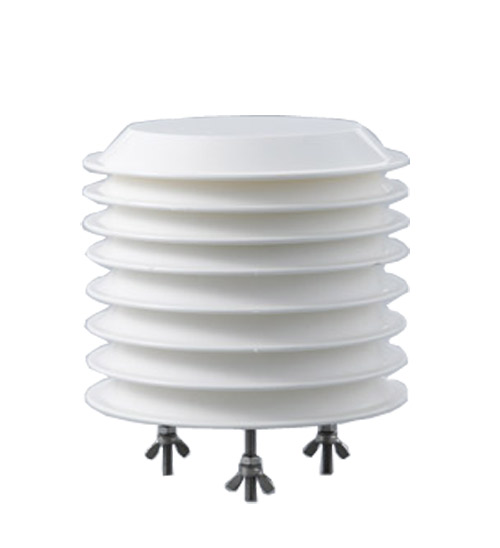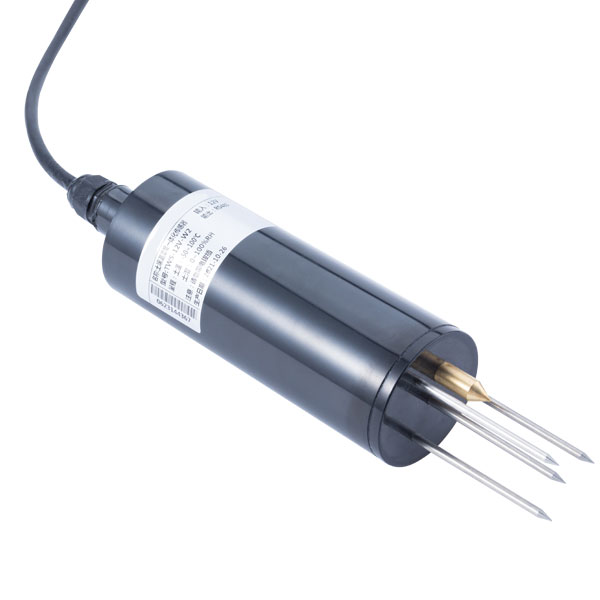

— Blogs —
—Products—
 Consumer hotline +8618073152920
Consumer hotline +8618073152920 WhatsApp:+8615367865107
Address:Room 102, District D, Houhu Industrial Park, Yuelu District, Changsha City, Hunan Province, China
Product knowledge
Time:2022-05-24 21:04:05 Popularity:808
Popular IoT sensors and types
1. Temperature sensors
Temperature sensors measure heat in a heat source, enabling them to detect temperature changes and convert those changes into data. Machinery used in manufacturing often requires ambient and equipment temperatures to be at specific levels. Similarly, in agriculture, soil temperature is a key factor in crop growth.
2. Humidity Sensors
These types of sensors measure the amount of water vapor in the air or other gases. Humidity sensors are typically found in heating, ventilation and air conditioning (HVAC) systems in industrial and residential areas. They can be found in many other areas, including hospitals and weather stations, to report and predict the weather.
3. Pressure Sensors
Pressure sensors sense changes in gases and liquids. When the pressure changes, the sensor detects these changes and communicates them to the connected system. Common use cases include leak testing, which may be the result of attenuation. Pressure sensors are also useful in the manufacture of water systems because it is easy to detect fluctuations or drops in pressure.
4. Proximity sensors
Proximity sensors are used for non-contact detection of objects near the sensor. These types of sensors typically emit electromagnetic fields or radiation beams, such as infrared light. Proximity sensors have some interesting use cases. In retail, proximity sensors can detect movement between a customer and the product he or she is interested in. The user can be notified of any discounts or special offers on products near the sensor. Proximity sensors are also used in shopping centers, stadiums and airport parking lots to indicate parking spaces. They can also be used on assembly lines in chemical, food and many other types of industries.
5. Liquid level sensors
Liquid level sensors are used to detect the level of substances including liquids, powders and granular materials. Liquid level sensors are used in many industries such as oil manufacturing, water treatment, and beverage and food manufacturing plants. Waste management systems provide a common use case, as level sensors can detect the level of waste in a trash can or dumpster.
6. Gas sensors
These types of sensors monitor and detect changes in air quality, including the presence of toxic, combustible or hazardous gases. Industries that use gas sensors include mining, oil and gas, and chemical research and manufacturing. A common consumer use case is the familiar carbon dioxide detector used in many homes.
7. Infrared Sensors
These types of sensors sense characteristics of their surroundings by emitting or detecting infrared radiation. They can also measure the heat emitted by an object. Infrared sensors are used in a variety of different IoT projects, including healthcare, because they simplify the monitoring of blood flow and blood pressure. TVs use infrared sensors to interpret signals sent by remote controls. Another interesting application is the use of infrared sensors by art historians to look at hidden layers in paintings to help determine if the artwork is original or a forgery, or if it has been altered through a restoration process.
8. Optical sensors
Optical sensors convert light into electrical signals. Optical sensors have many applications and use cases. In the automotive industry, vehicles use optical sensors to identify signs, obstacles and other things that drivers notice when driving or parking. Optical sensors play an important role in the development of driverless cars. Optical sensors are very common in smartphones. For example, ambient light sensors can extend battery life. Optical sensors are also used in biomedical applications, including respiratory analysis and heart rate monitors.
Prev:Refined agriculture Soil moisture monitoring system
Next:Soil moisture monitoring system instruments are charged with solar panels
Sensors & Weather Stations Catalog
Agriculture Sensors and Weather Stations Catalog-NiuBoL.pdf
Weather Stations Catalog-NiuBoL.pdf
Related recommendations
Related products
 Atmospheric Temperature Humidity Pr···
Atmospheric Temperature Humidity Pr··· Soil Temperature Moisture Sensor 4-···
Soil Temperature Moisture Sensor 4-··· Air temperature, humidity and atmos···
Air temperature, humidity and atmos···
Screenshot, WhatsApp to identify the QR code
WhatsApp number:+8615367865107
(Click on WhatsApp to copy and add friends)